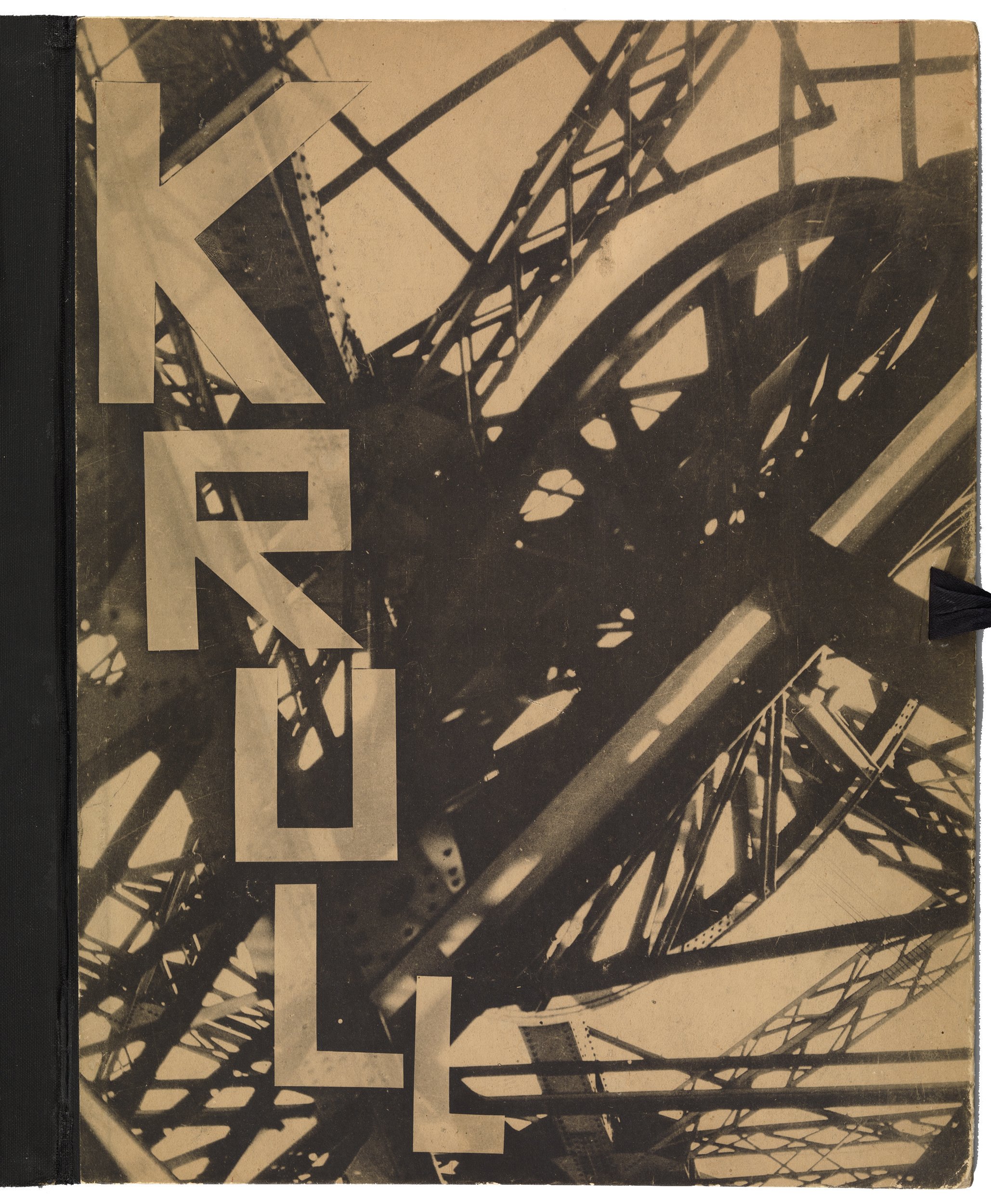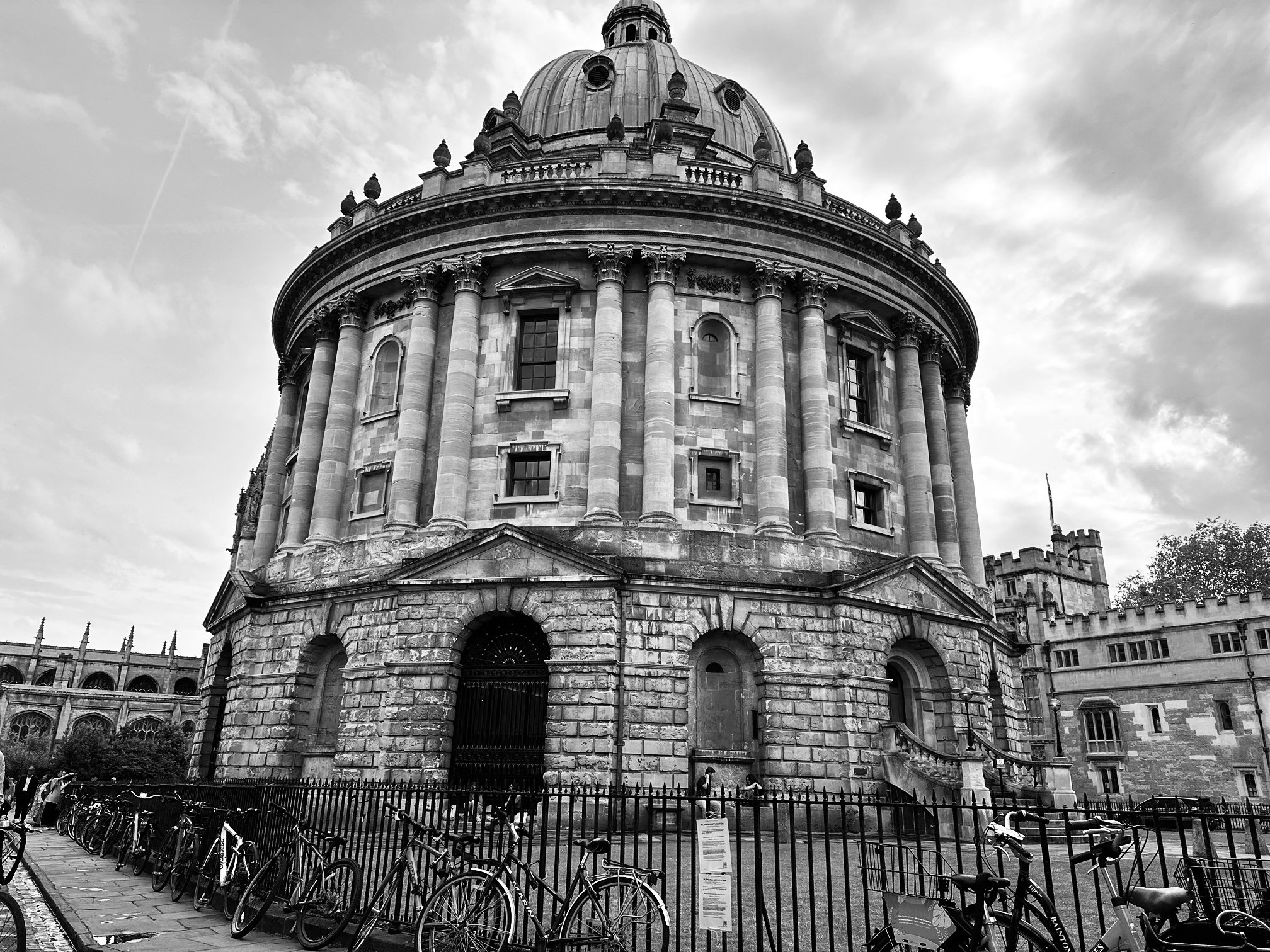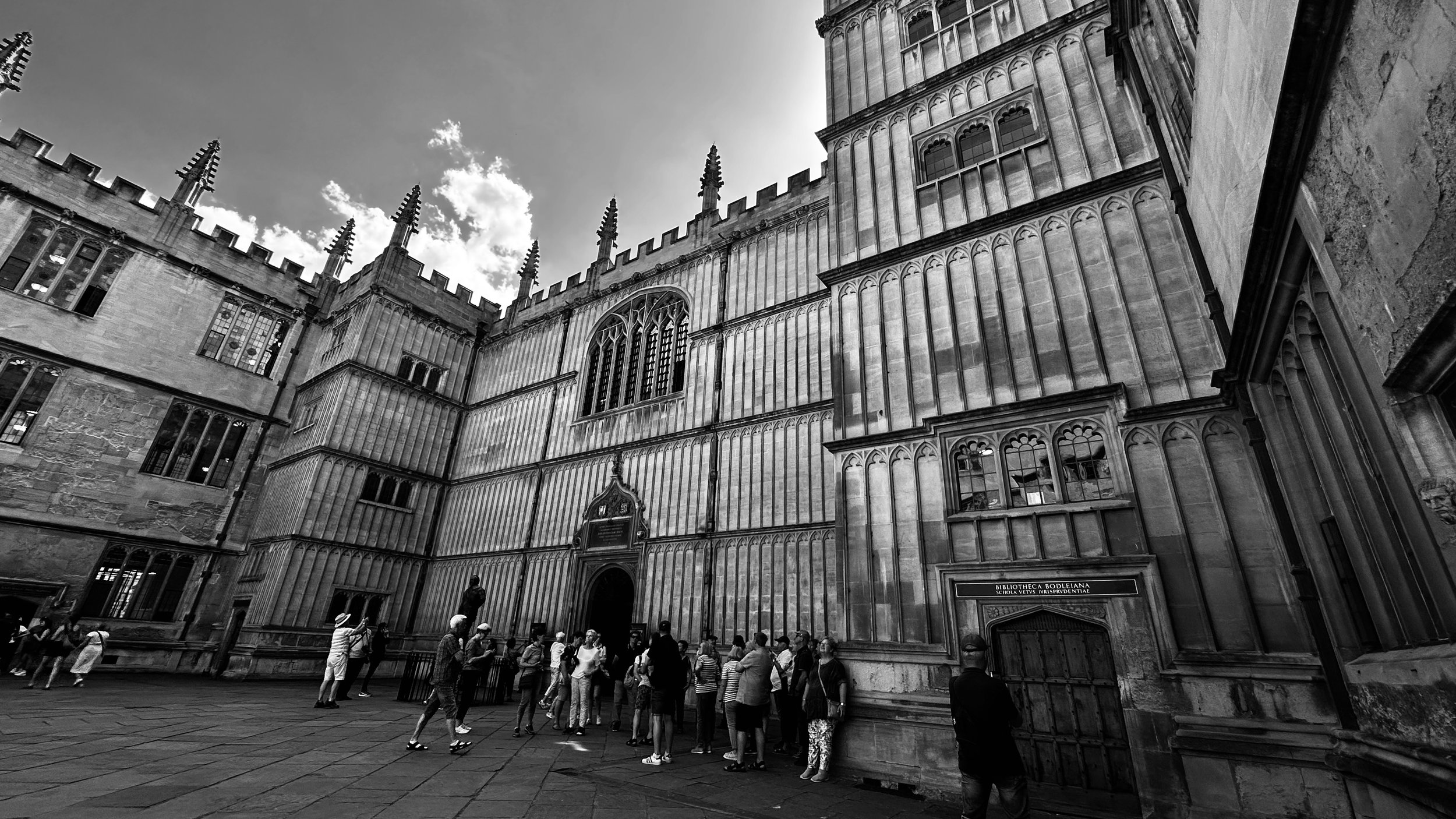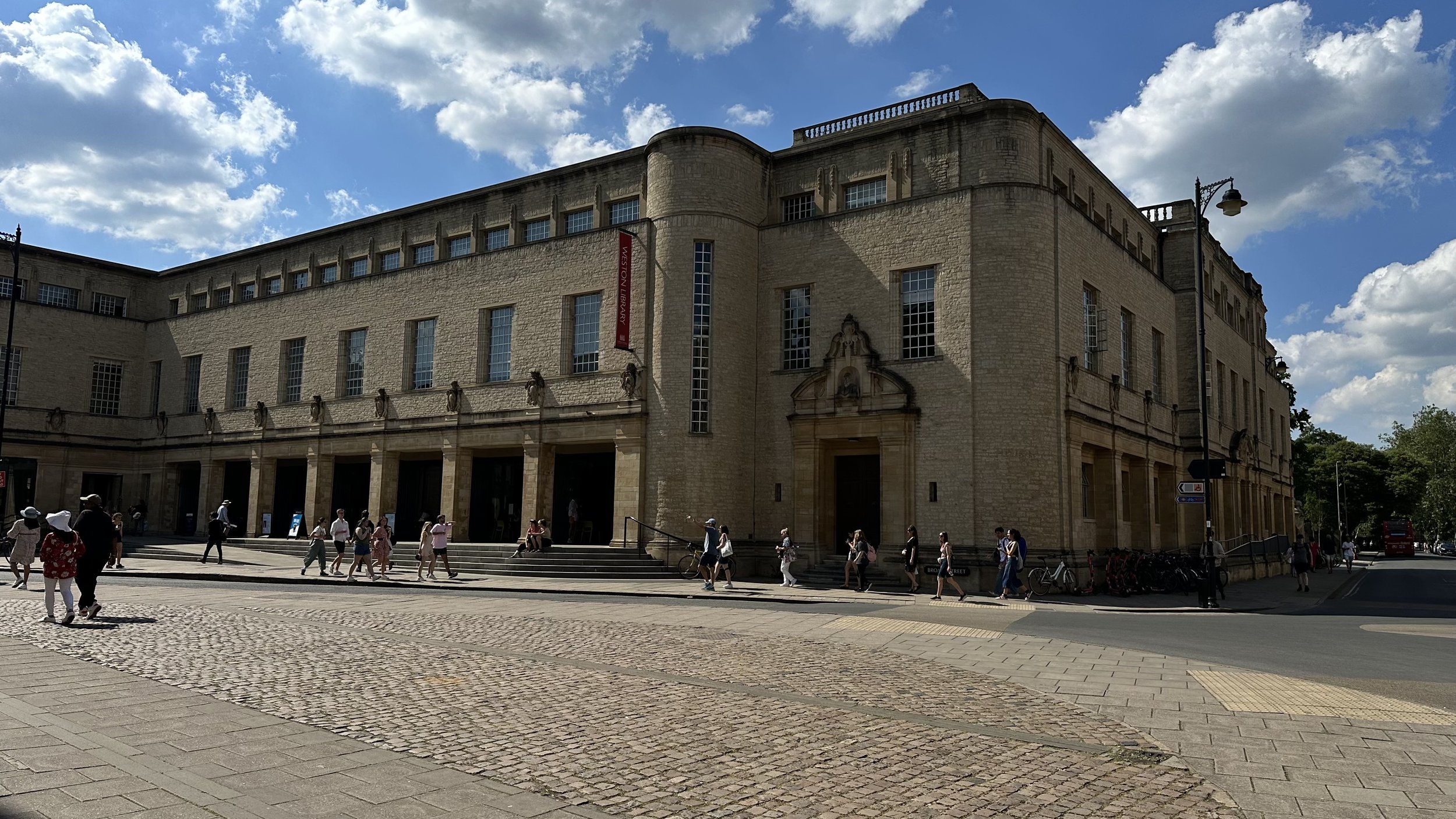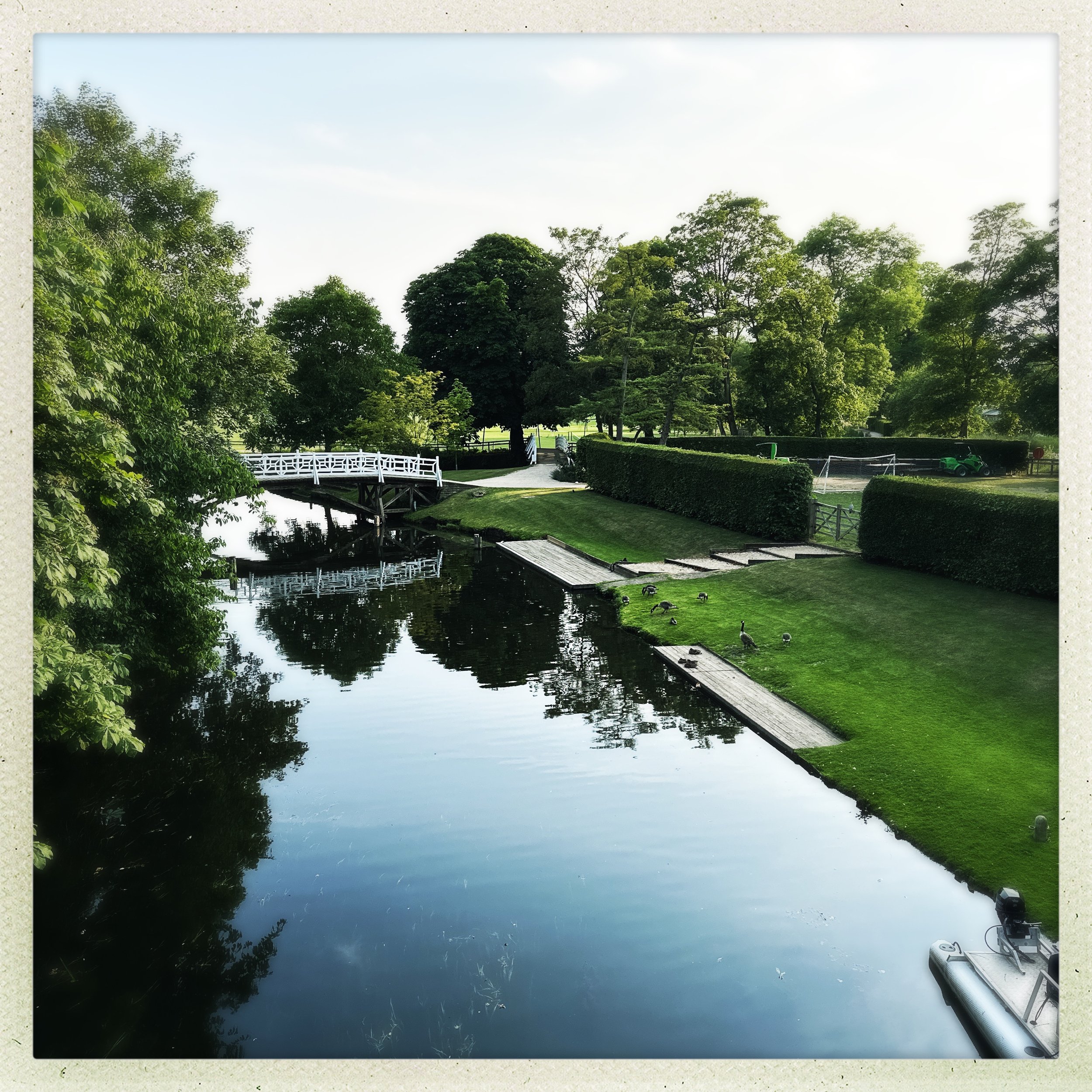Interview: Researching Modernist Photobooks
Researching Modernist Photobooks, Propaganda and the Everyday, interview with Stephanie Ohlback, in ACE Mag, The School of Art, Communication and English magazine, August 2023.
Karl Blossfeldt’s Urformen der Kunst (1928)
Affectionately referred to by scholars as ‘the Bod’ and a lavish setting for films, the Bodleian Libraries at the University of Oxford are among Europe’s oldest and largest libraries. At its Weston Library, home to the Bodleian’s special collections, Associate Professor Donna West Brett, Chair of Art History in SACE, will be researching the pre-eminent Chadwyck-Healey Collection early next year.
She was recently awarded the prestigious 2023-2024 Sloan Fellowship in Photography as Visiting Fellow and spoke to Research Officer Stephanie Ohlback about this exciting opportunity.
Firstly, what motivated you to apply for the Sloan Fellowship in Photography? Can you tell us a bit more about this opportunity and what it means for your research?
Fellowships specialising in the history of photography are almost non-existent, with most directed to photographic practice or curation, so this seemed an ideal opportunity. Established in 2021, the fellowship, which is offered in association with Trinity College, offers scholars access to Bodleian Libraries’ special collections at the University of Oxford to advance their research in the history of photography and photographic books. As such, the two-month fellowship will enable sustained access to the rare books and other materials in the library to pursue the proposed project to study a selection of their substantial photo book collection.
What is the focus of the research project you will be working on during the fellowship? Does this project extend on your previous research?
The research project, titled Modernist Photobooks, Propaganda and the Everyday, will study part of the substantial collection of over 2000 photobooks generously donated in 2020 by Sir Charles Chadwyck-Healey. I will study specific photo books by photographers whose work engages with modernist aesthetics and modes of representation to image the everyday. This ranges from surrealist aesthetics of the extraordinary in everyday life (Man Ray, André Kertész, Brassai, Alvarez Bravo), to representations of work, machines, industry, science, nature, and advertising (Bill Brandt, Germaine Krull, El Lissitzky, Albert Renger-Patzsch), indicating the plethora of photographic output and diversity of practice in the modernist period. This component of the project builds on my research of modernist photography, in particular that of Ilse Bing and László Moholy-Nagy.
The second intersecting area of inquiry is to study the photobook’s capacity for reproduction and vast dissemination, most particularly those that utilise the very aesthetics seen in the modernist photobooks, for war and fascist propaganda. Relevant photobooks in the Bodleian Special Collections include those by Adolf Hitler’s personal photographer Heinrich Hoffmann (who used the photobook to promote the Führer’s image to millions), Robert Capa’s Slightly Out of Focus (1947); Orazio Marcheselli’s Männer schaffen Europa (Men Shaping Europe, 1943); El Lissitsky’s propaganda exhibition designs, Margaret Bourke-White’s Eyes on Russia (1931) and Lee Miller’s only photobook Wrens in Camera (1945). This focus extends my earlier research into the propaganda images of Heinrich Hoffmann to further understand the employment of photobooks for mass political dissemination, and builds on my substantial work on photographic records in the former East German Stasi archive. This double-faceted research inquiry offers a unique means to study the interconnections between Modernism, photography, propaganda, and the public sphere.
Can you talk more about your interest in the photobook as art form?
From the first commercially produced photo book, The Pencil of Nature (1844-46), by William Henry Fox Talbot, the photobook has been a means for photographers to disseminate their work to broad audiences. The distinctive innovation of the photobook enables images to be read either sequentially or non-sequentially where the reader can determine their own viewing experience. Hence, modernist photographers incorporated photobooks into the larger avant-garde aesthetic pushing the boundaries of the photographic. As a form of print media, photobooks and the images they hold encompass vernacular and artistic forms, and act as culturally ubiquitous agents in terms of their aesthetic, social or political impetus. This project reflects on these multiple modes of agency to study the intersection between Modernist aesthetics and the photobook as a generative model for mass dissemination within the social and political spheres.
Is there a particular photobook/item you are the most excited about having access to in the Chadwyck-Healey collection?
That is difficult to say given the breadth of important and rare books in this collection. The thing to remember about photobooks is that they are objects designed to be held and to be read, with the materiality of these objects including unbound or spiral bound volumes incorporating various printing methods such as photogravure and rotogravure. But I am super keen to sit down with Karl Blossfeldt’s Urformen der Kunst: photographische Pflanzenbilder from 1928 and Germaine Krull’s Métal from the same year. I have also only seen Heinrich Hoffmann’s books, that celebrated Adolf Hitler, in digital versions and while these books have a dark and regrettable history, it will be a very different experience to see the original material.
Do you have any plans to collaborate with other scholars in the field during your time at Oxford University?
One of the foremost scholars in the history of photography, Geoffrey Batchen (PhD Sydney) is a Professor in Art History at the University of Oxford who works closely with the Bodleian Curator of photography, Dr Phillip Roberts. Fortuitously, other renowned photo scholars such as Elizabeth Edwards, are either located in Oxford or across other regions of Britain, and this offers a unique opportunity to have sustained conversations with these generous colleagues and to forge deeper collaborative opportunities for future projects. In fact, the UK has a considerable number of renowned photo scholars, many of whom I have met through networks and conferences over the last decade.
What are your plans for this research project beyond the fellowship?
Given the unique nature of this collection I hope to publish the research in journal articles, or possibly a book, which will build on the planned outcomes of the fellowship which includes a public lecture and curation of a display of select photo books for the public. I would be very interested in developing a series of vodcasts focussing on a selection of the books as a way to provide understanding and access to these remarkable objects.
Currently you are in Oxford on a research trip - what project are you working on at the moment?
For this trip I am working in archives on my other project Accidents, Anarchism, Calamity: Picturing British Disaster. It is early days, but it is a project that keeps offering up the most interesting, yet often bizarre material including the arrest of a Suffragette, Irene Casey, who when arrested had substantial dynamite, fuses and other tools of terrorism in her handbag.
Published in ACE Mag, The School of Art, Communication and English magazine, August 2023.

